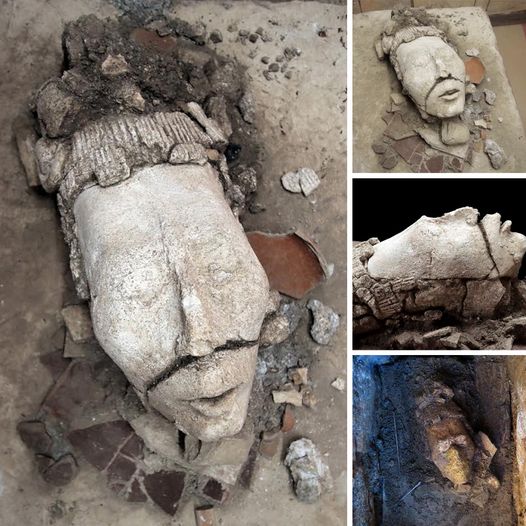For the Maya, an ancient Mesoamerican civilization, maize was more than just a crop – it was a vital plant that was deeply woven into their mythology, cosmology, and very existence. According to the Popol Vuh, the sacred text of the K’iche’ Maya, the gods created the first humans from maize dough, recognizing its essential role in sustaining life. This profound connection between the Maya people and maize is reflected throughout their rich cultural and religious traditions.
Recently, a remarkable archaeological discovery has shed new light on the Maya’s reverence for the maize deity. In the ancient city of Palenque, in southern Mexico, a team of researchers from the National Institute of Anthropology and History (INAH) uncovered a stucco head that is believed to depict the Maya maize god, dating back over 1,300 years. This finding offers invaluable insights into the central role of maize in Maya mythology and the sophisticated symbolic rituals associated with this sacred plant.
The Discovery of the Maize God’s Head
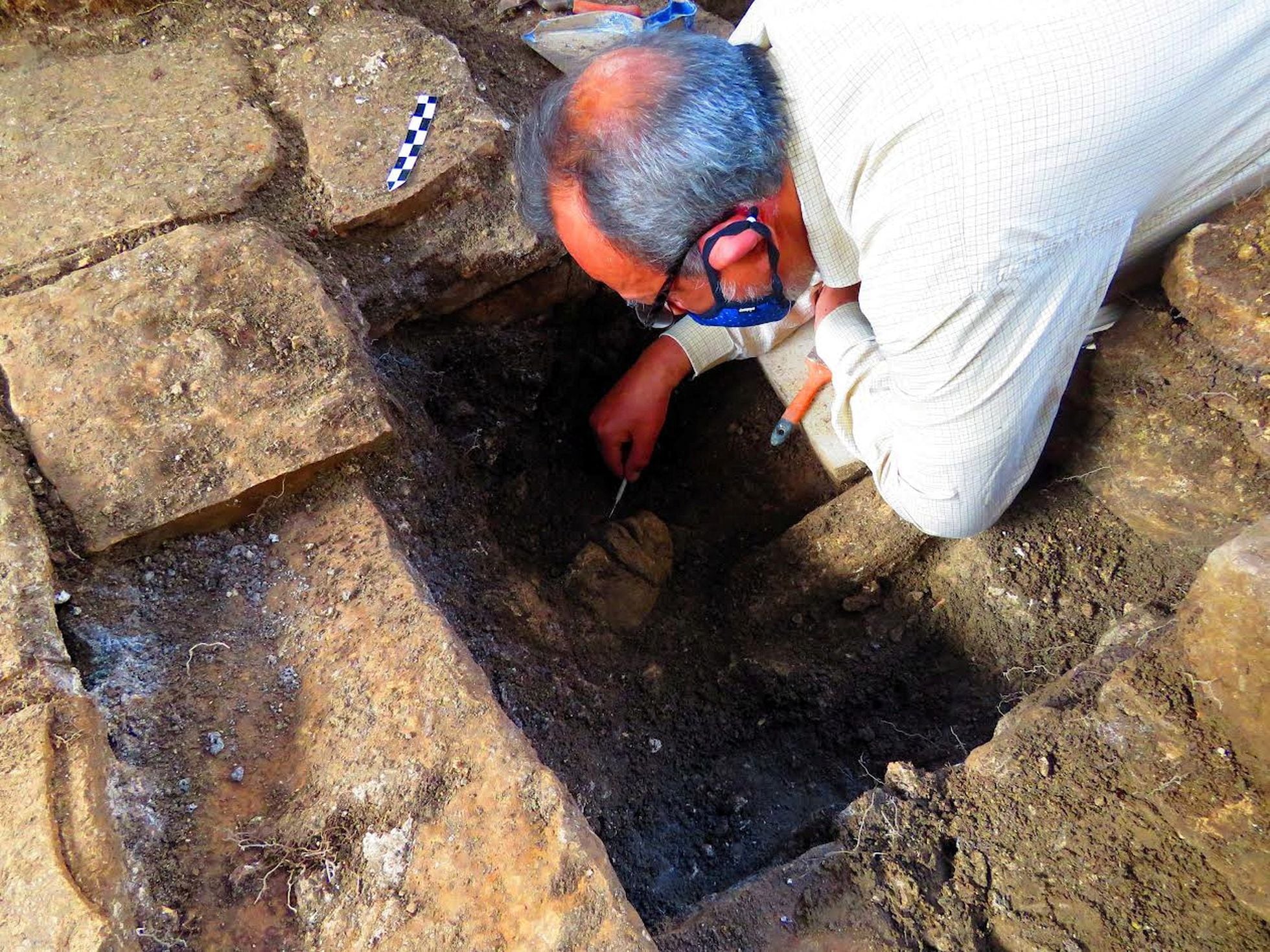
The discovery of the maize god’s head occurred during conservation work in a corridor of El Palacio, a significant architectural complex in Palenque. The sculpture, measuring 45 centimeters long, 16 centimeters wide, and 22 centimeters high, is a striking representation of the young maize deity. Its elongated shape, resembling a corn cob, and the detailed features – including a sharp, pronounced chin, thin protruding lips, and a wide, flattened forehead – are characteristic of the Maya’s humanized depiction of the maize god.
According to the archaeologists involved in the excavation, the head was found within a semi-quadrangular receptacle, oriented east-west, which is symbolic of the birth of the maize plant with the first rays of the sun. The placement of the head within this receptacle, which functioned as a water mirror to reflect the cosmos, suggests that the Maya rituals associated with the maize deity were of a nocturnal nature.
The Symbolic Significance of the Maize God’s Journey to the Underworld
The discovery of the maize god’s head was not the only remarkable aspect of this find. The researchers also uncovered a rich offering arranged around the sculpture, which provides valuable insights into the Maya’s beliefs and rituals related to this sacred deity.
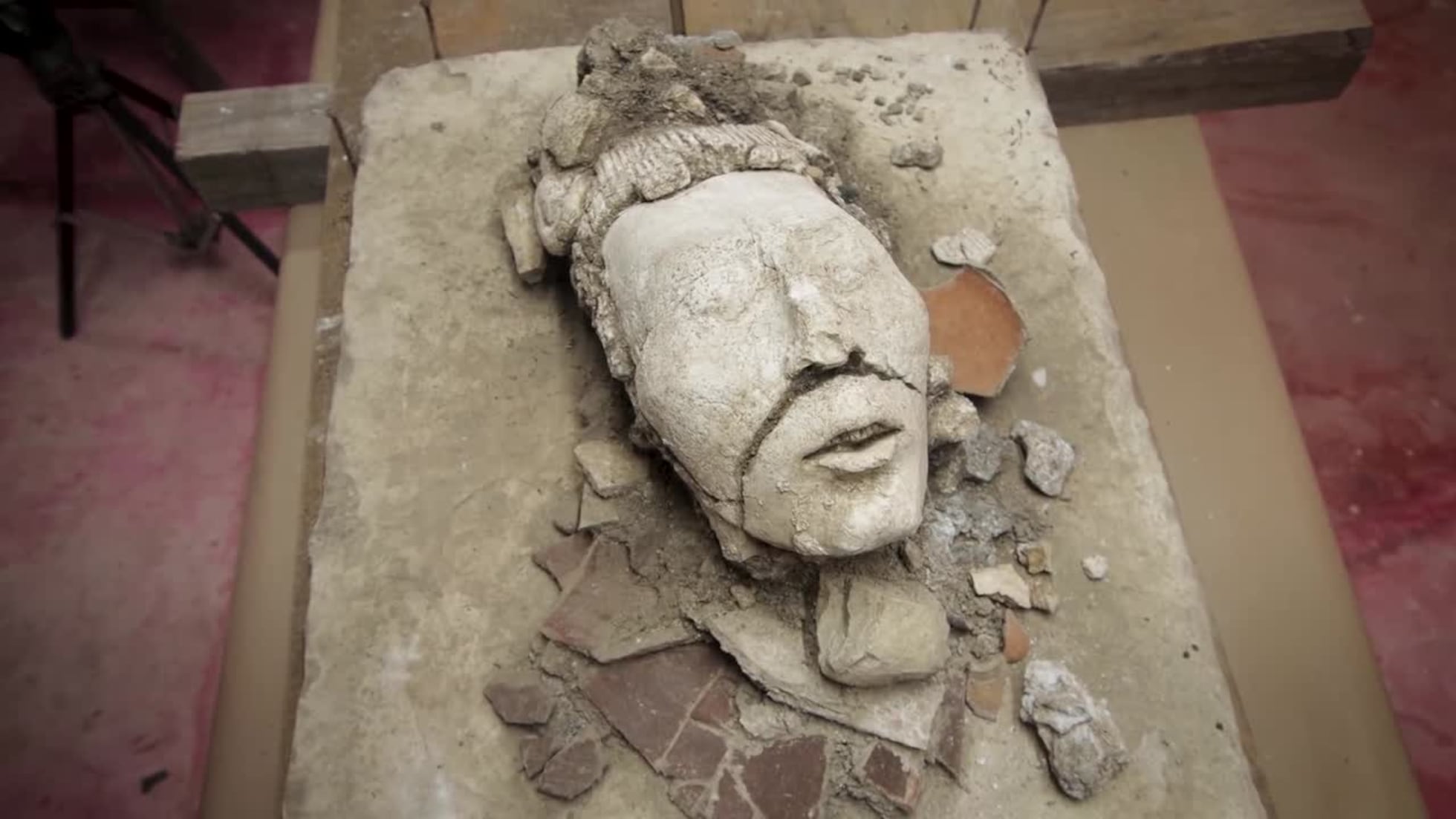
The offering included a variety of elements, such as plants, animal bones, shells, ceramic shards, obsidian blades, and miniature anthropomorphic figurines. These items were placed in a concentric pattern, covering almost 75% of the cavity, which was then sealed with loose stones. Interestingly, some of the animal bones showed signs of cooking and defleshing, indicating that they were likely used for human consumption as part of the ritual.
The placement of the maize god’s head within this elaborate offering suggests that the Maya believed the deity was embarking on a journey to the underworld. According to Maya mythology, the maize god travels in a canoe led by rowing gods, is adorned by young and naked women, and ultimately germinates from the carapace of a turtle, a symbol of the earth. This symbolic journey to the underworld, where the maize deity is believed to perform various rites, is a central theme in Maya cosmology and reflects the cyclical nature of life, death, and rebirth.
The Enduring Legacy of the Maya’s Reverence for Maize
The discovery of the maize god’s head in Palenque is a testament to the vital role that maize played in the Maya’s cultural and spiritual beliefs. This ancient artifact, dating back to the Late Classic period (700-850 AD), provides a tangible representation of the Maya’s reverence for the maize deity and the deep significance of this crop in their worldview.
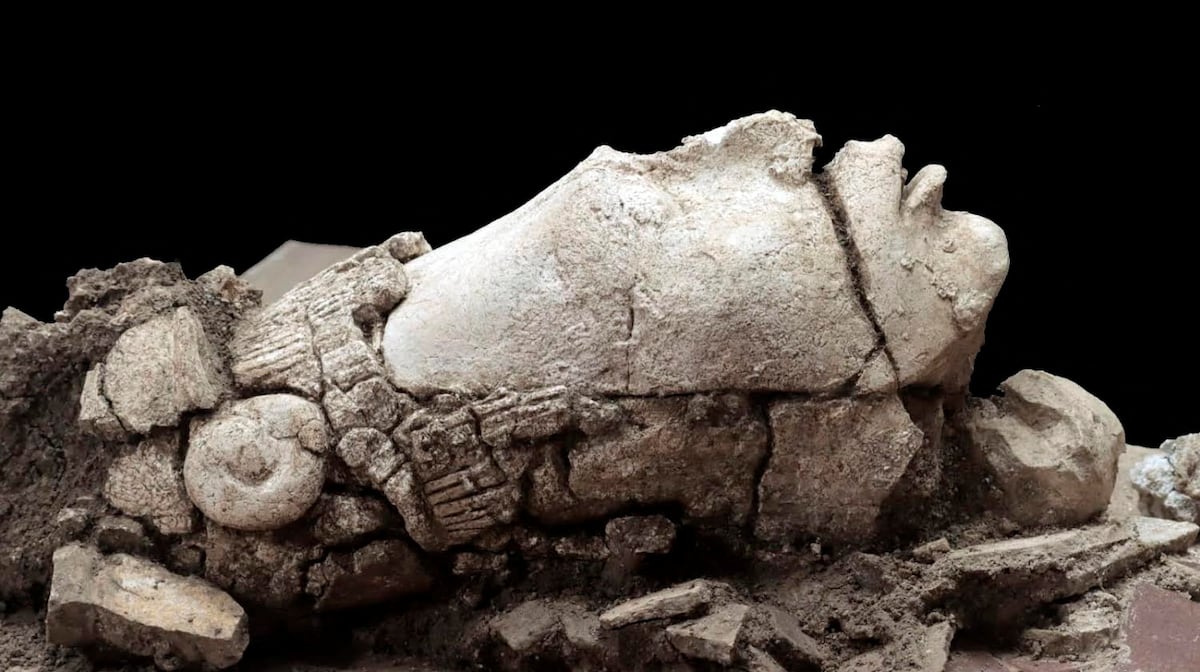
The symbolic placement of the head within a pond, emulating the deity’s journey to the underworld, further underscores the Maya’s sophisticated understanding of the cyclical nature of life and the interconnectedness of the physical and spiritual realms. This remarkable find not only contributes to our understanding of Maya religion and iconography but also highlights the enduring legacy of this ancient civilization’s reverence for the sacred plant that sustained their way of life.
Conclusion: The Enduring Significance of Maize in Maya Culture
The discovery of the maize god’s head in Palenque is a powerful reminder of the central role that maize played in the lives and beliefs of the Maya people. This ancient artifact, dating back over 13 centuries, offers a tangible representation of the Maya’s profound reverence for the sacred plant that was so vital to their way of life.
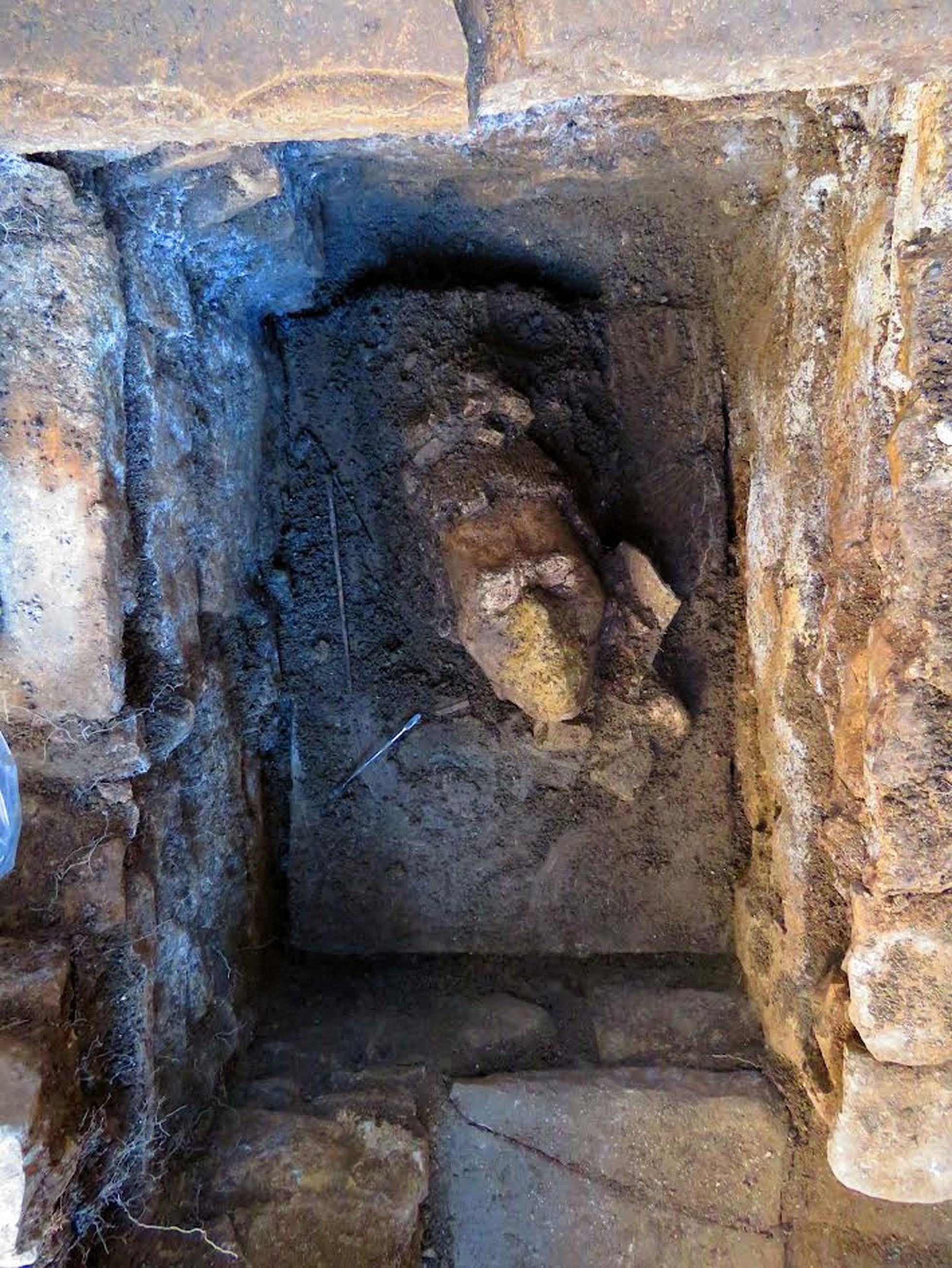
Through the symbolic placement of the maize god’s head within an elaborate offering, the Maya expressed their deep understanding of the cyclical nature of life, death, and rebirth. The journey of the maize deity to the underworld, as depicted in Maya mythology, underscores the Maya’s sophisticated cosmological beliefs and the intricate rituals they performed to honor this sacred plant.
As we continue to explore and unravel the mysteries of the Maya civilization, the discovery of the maize god’s head serves as a powerful reminder of the enduring significance of maize in their cultural and spiritual traditions. This remarkable find not only deepens our understanding of the Maya’s reverence for the sacred plant but also highlights the enduring legacy of this ancient civilization’s profound connection to the land and the natural world.

